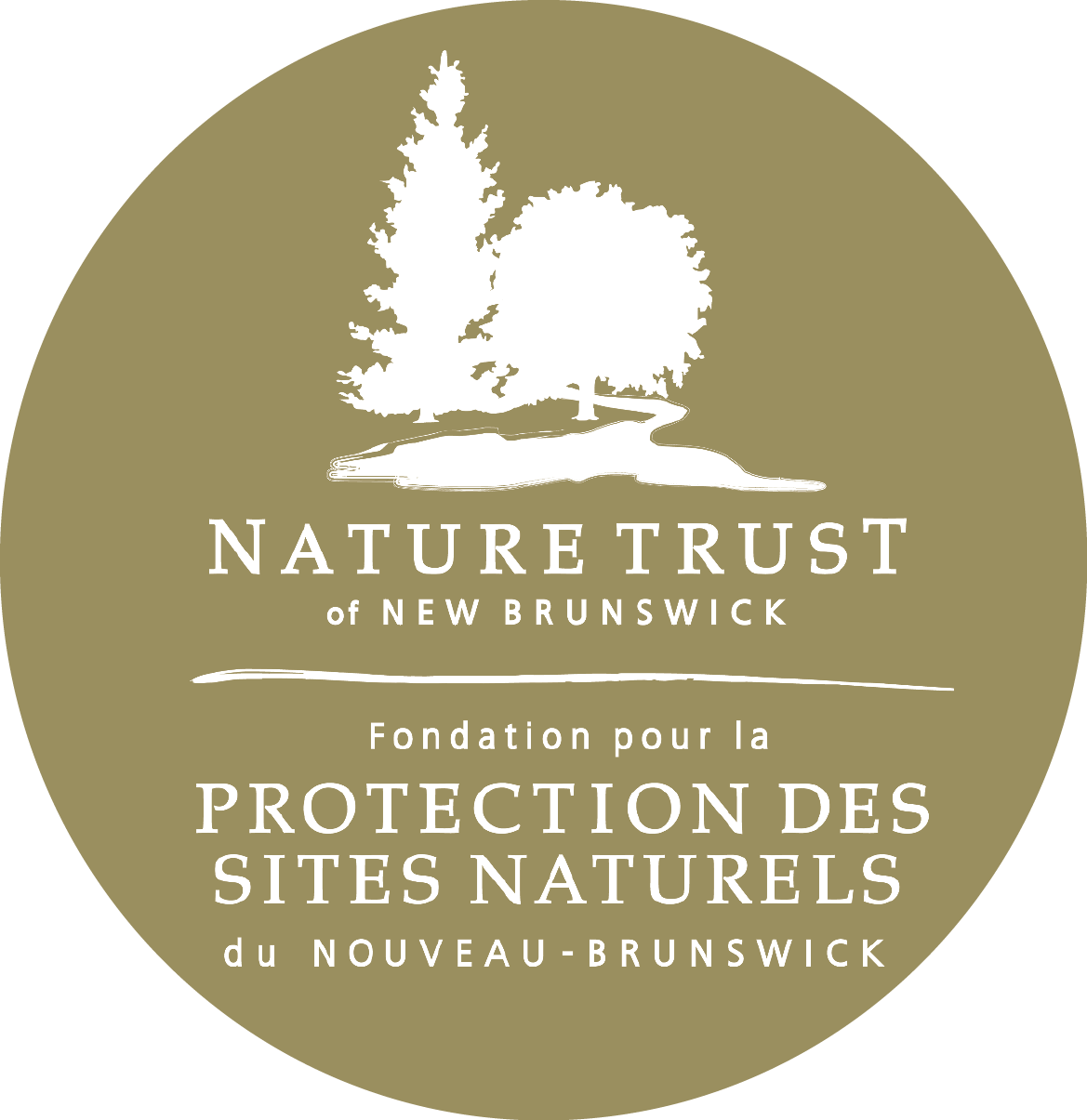Appalachian Hardwood Forest
APPALACHIAN HARDWOOD FOREST
WRITTEN BY: AARON DOWDING, FORMER CONSERVATION MANAGER
Learn more in our new Appalachian Hardwood Forest Species Guide!
My life changed the first time I quietly stood and craned my neck to take in the soaring canopy of maples and ash in a forest so noisy with bird song and so lush with tropical looking ferns that if someone had told me I wasn’t in New Brunswick anymore, I would have believed them.
For those of us who have spent time in New Brunswick’s forests, we all know when we’ve walked into truly nice woods – whether they’re well cared-for woodlots or nature preserves, they give us a similar feeling. We feel a bit smaller when we look up to a towering hardwood forest. We feel like we’re a little bit more connected to the living world around us when we walk among thigh-high ferns and a lush carpet of spring wildflowers. Our instinct tells us that in these forests we’re surrounded by living things that are part of something so much bigger and older than ourselves. New Brunswick’s Appalachian hardwood forest (AHF) is this kind of forest, and what precious little we have left are truly places of natural wonder and beauty.
Many people know our Appalachian hardwoods intimately, and often from different perspectives; at the Nature Trust we believe that if we’re going to preserve what’s left of these forests, conservationists, woodlot owners, and foresters will all have to play a role in the effort. The Nature Trust has spent the past two years reviving our AHF Conservation Project that started in 1997 when naturalists became worried that someday we would lose the majestic hardwood forests where they had found a hidden treasure-trove of rare and unusual plant life.
In fact, more than 180 species of trees, understory plants, and lichen/mosses, make up the AHF; 43 of these are rare species. These forests have been nearly eradicated from their natural range in Carleton and Victoria Counties and less than 1% remains of its former coverage due to generations of forest conversion for agriculture, settlement, and logging. These woods also house the greatest species diversity of all of New Brunswick’s hardwood forests, and many of the understory plants are found nowhere else in Atlantic Canada.
In May of 2016, we revisited the woods that were first surveyed in 1997 to find out if they were still in good condition and if their rare plant populations were still intact. Many of these special forests are part of working farms or family woodlots, so we’ve been spending a great deal of time meeting with the owners to help them learn about ways to manage Appalachian hardwoods. Following a visit from Nature Trust, a survey report with management and conservation recommendations is presented to the owners; often a site is owned by multiple owners so several kitchen-table discussions and woodlot tours are held.
We’ve been pleasantly surprised at the amount of interest in the project from landowners; many we’ve spoken to have a story about why they cherish their woods and their deep connection to the land. As we walk through Appalachian hardwoods with landowners, we point out rare plants and provide them with a copy of the “Guide to the Plants and Trees of New Brunswick’s Appalachian Hardwood Forest” so that they can learn to identify these species on their own. Many people are surprised to know they have such unique plant life just under their noses and take on a new appreciation for their woods – sometimes our discussions aren’t about forest conservation, rather, we talk of family, community, and life in rural New Brunswick.
It is from these conversations that the Nature Trust is learning how best to combine forest conservation with rural priorities, so that our work has a positive impact on the lives of people today and in the future.
In two short years after reviving this important conservation project, we’ve already taken many positive steps forward:
several landowners have partnered with the Nature Trust to work toward permanent protection of their woods;
more than ten new AHF sites have been identified and surveyed;
numerous new species discoveries have been made;
more landowners are making commitments to voluntarily preserving their woods because they too do not want to see Appalachian hardwoods disappear from New Brunswick’s landscape.
I wish that everyone in New Brunswick were fortunate enough to have an experience like the one that changed the way I look at our woods. And I hope that one day, people will be able to walk into an Appalachian hardwood forest that is so old that the awe they feel stays with them for days; a forest so old that we can once again use the term Old Growth in New Brunswick and truly mean it. A forest with trees so massive and so magnificent that you’d have to lay down on the ground just to look up to see it all.
For more information or to help with conservation efforts for the AHF project, please contact our Conservation Manager, Carli le Roux at (506) 457-2398 or carli.leroux@ntnb.org.


